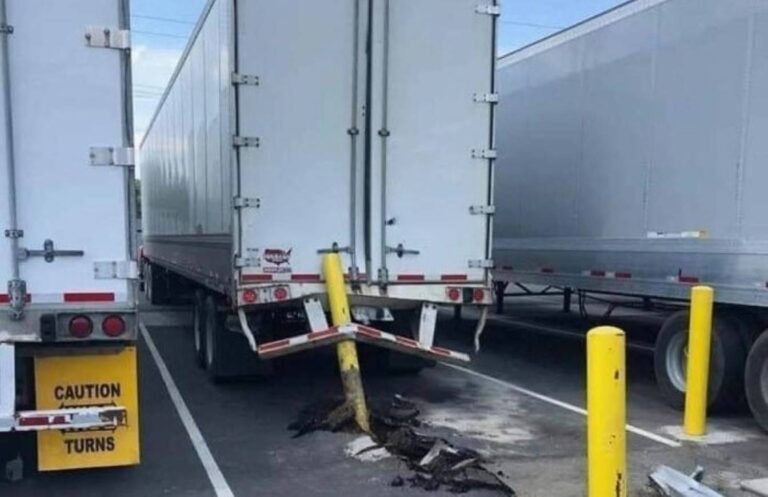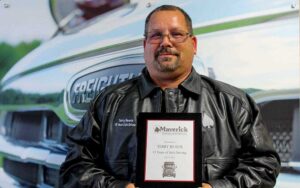INDIANAPOLIS — Reducing the speed at which trucks can travel in reverse while in company-specified speed zones can help lower the risk of backing accidents, according to E-SMART, a provider of dynamic speed management systems.
“By some estimates, backing crashes represent about 30 percent of commercial vehicle accidents, and most of those are preventable,” said Joe Thell, senior vice president at E-SMART.
On April 22, in an effort to help prevent lot crashes, the company announced the launch of the new E-SMART Reverse feature.
“With E-SMART Reverse, we can help make yards even safer,” Thell said. “By enabling the ability to limit backing speeds in company specified speed zones, this latest feature of our Dynamic Speed Management technology reduces the all too frequent occurrence of backing accidents.”
A customer-driven feature built on E-SMART’s Dynamic Speed Management solution for private facilities, E-SMART Reverse allows companies to set speed limits for commercial vehicles on their properties. It adds the ability to set maximum reverse speeds in geofenced locations. If a driver attempts to go faster in reverse than allowed within a company specified speed zone, E-SMART limits the throttle and prevents the vehicle from exceeding the threshold.
According to a statement released by E-SMART, the system determines the location of vehicles in real time and allows fleets to manage and customize vehicle speeds to specific speed limits using the E-SMART customer portal. The E-SMART system communicates with an ECU that is installed in the truck to control the throttle. E-SMART integrates with onboard telematics units to provide drivers with verbal notifications and an enhanced user experience.
To find out more, click here.
Born in Pine Bluff, Arkansas, and raised in East Texas, John Worthen returned to his home state to attend college in 1998 and decided to make his life in The Natural State. Worthen is a 20-year veteran of the journalism industry and has covered just about every topic there is. He has a passion for writing and telling stories. He has worked as a beat reporter and bureau chief for a statewide newspaper and as managing editor of a regional newspaper in Arkansas. Additionally, Worthen has been a prolific freelance journalist for two decades, and has been published in several travel magazines and on travel websites.








